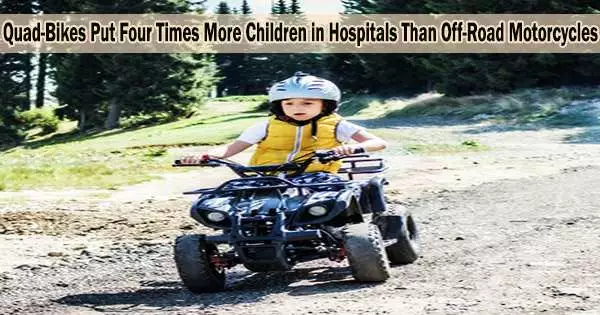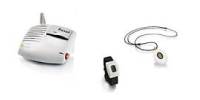Off-road motorcycles, also known as dirt bikes or motocross bikes, can be dangerous for children to operate. These types of motorcycles are designed for use on rough terrain and are not meant for use on public roads. They can be more powerful and faster than other types of off-road vehicles such as quad bikes, and they require a higher level of skill to operate safely.
According to a UNSW Sydney and NeuRA study, quad bikes account for more significant individual injuries, but motorcycles injure children at a much higher rate than quad bikes do.
Authors of a retrospective population study conducted by UNSW and its medical research partners NeuRA and The George Institute looked at all admission records for kids aged 0 to 16 who were treated in NSW hospitals between 2001 and 2018 for injuries they received in off-road motorcycle or quad-bike crashes.
Published in the journal Injury Prevention, the research noted 6624 crashes resulted in hospitalisations during this time, with 5156 (78 per cent) involving motorcycles (including motocross bikes, trail bikes and other off-road motorcycles) and 1468 (22 per cent) involving quad-bikes.
Children may lack the physical stamina, coordination, or expertise necessary to ride an off-road motorcycle safely, making them more vulnerable to suffering injuries in an accident. There were obvious distinctions between the two-wheeled and four-wheeled types of injuries suffered by the children.
Motorcycle riders were less likely than quad-bike riders to sustain head, neck, abdomen, or thoracic injuries, but they were more likely to sustain lower limb injuries. Quad-bike riders had higher severity in injuries on average, with longer hospital stays.
Tragically, there were 10 fatalities over the study period six from motorcycles and four from quad-bikes.
Lead author of the study, Dr. Chris Mulligan, is an orthopaedic doctor at Sydney Children’s Hospital and affiliated researcher with UNSW Medicine & Health and NeuRA. He said he and his fellow researchers wanted to measure and distinguish the differences between off-road quad-bike and motorcycle injuries among children something that had never been done before at the population level.
“Our findings support the policy changes over the last 10 years with regards to quad-bikes after various coronial inquests and media attention, but the high number of hospitalisations we saw indicates a need for more attention to motorcycles too,” Dr. Mulligan said.
Focus on two-wheelers
As a practising clinician, Dr. Mulligan has seen his fair share of children presenting with serious injuries from both motorcycles and quad-bikes. He and his colleague researchers call for a stronger focus on injury prevention for two-wheeled motorcyclists because motorcycle injuries account for approximately four times as many hospitalizations as quad-bike injuries.
It is likely that more children use motorcycles and this is why we see more hospitalisations among children using them. The popularity of these vehicles over quad bikes also indicates a need to find ways to minimise the harms associated with this activity.
Julie Brown
“We know that over the last 10 years there’s been a lot of research particularly into the vehicle risk factors in quad-bikes,” Dr. Mulligan said.
“A lot of good work has been done at UNSW in relation to the stability testing and other vehicle-based design modifications of quad-bikes, but we have not had the same level of research done for two-wheeled bikes.”
“While best practice advice for quad-bikes is to not recommend their use by children under 16, this may not be practical for motorbikes. More efforts are needed to find ways to minimise risks to children using motorbikes recreationally or on family farms.”
More data needed
But could it be that there are more motorcycle injuries because there are more motorbikes?
UNSW Health & Medicine’s Associate Professor Julie Brown, who is Joint Director of the Transurban Road Safety Centre at NeuRA, said while we don’t know with certainty, it is a reasonable assumption.
“It is likely that more children use motorcycles and this is why we see more hospitalisations among children using them. The popularity of these vehicles over quad bikes also indicates a need to find ways to minimise the harms associated with this activity,” she said.
“To understand this better, we’d need to know how many vehicles there are in circulation. And because both off-road motorcycles and quad bikes are unregistered, and ridden off public roads, it’s not possible to know how many children are riding and for how long, and over what time period.”
This will be the subject of further study that the group is involved in.
“We want to engage with industry and other groups and get access to sales data, which would enable us to define what the baseline level of exposure to these vehicles is and what the risk factors are.”
“Working co-operatively with young riders and their families, riding organizations, farming groups and industry bodies will be critical in developing effective and acceptable injury prevention measures,” A/Prof. Brown said.
It is important for parents and guardians to carefully consider the risks before allowing children to ride an off-road motorcycle.
















